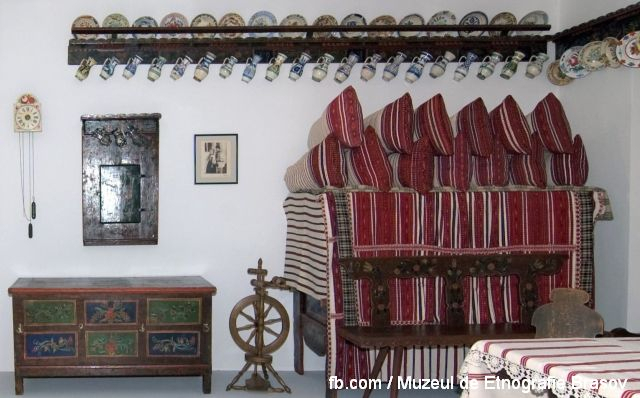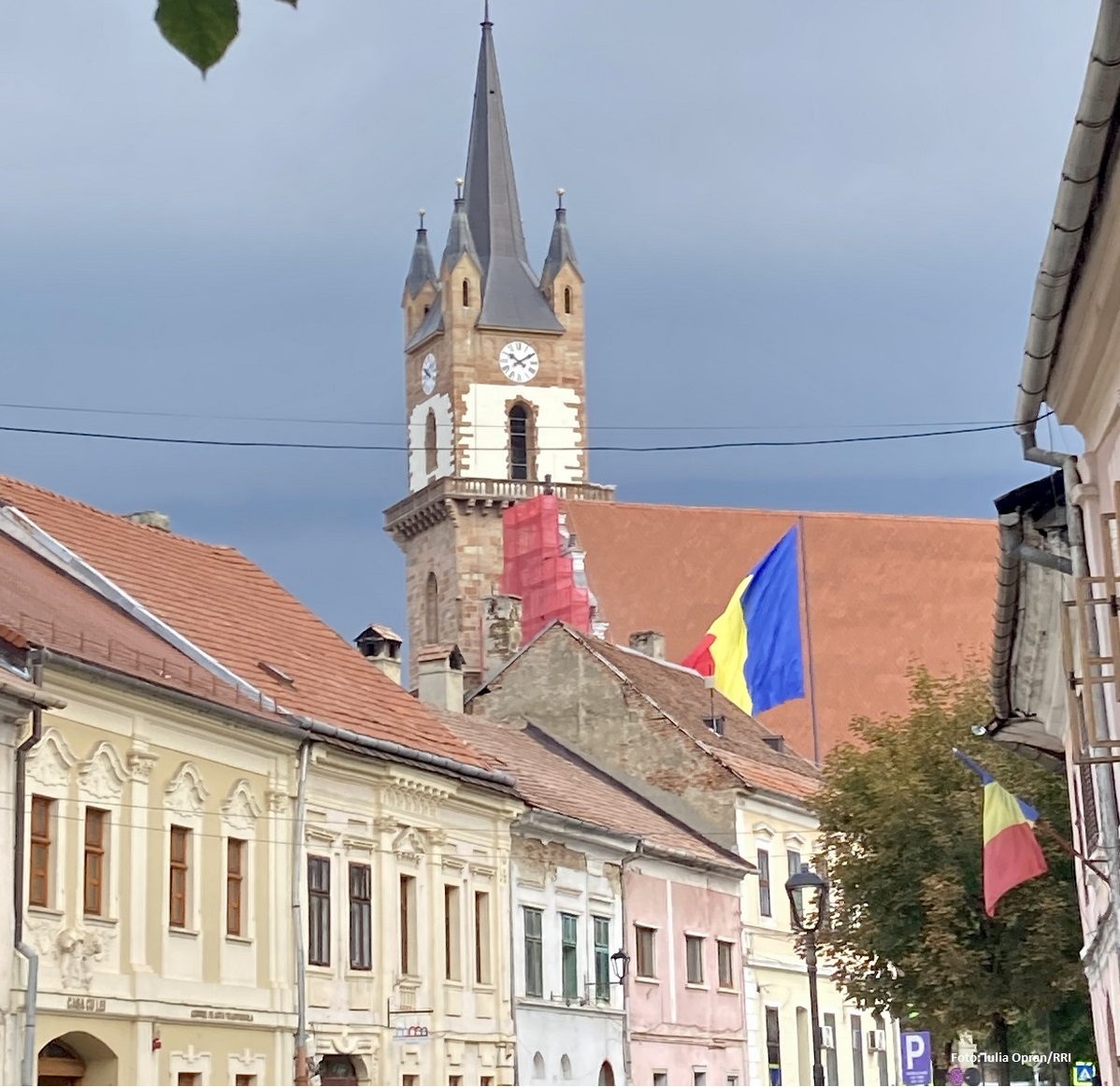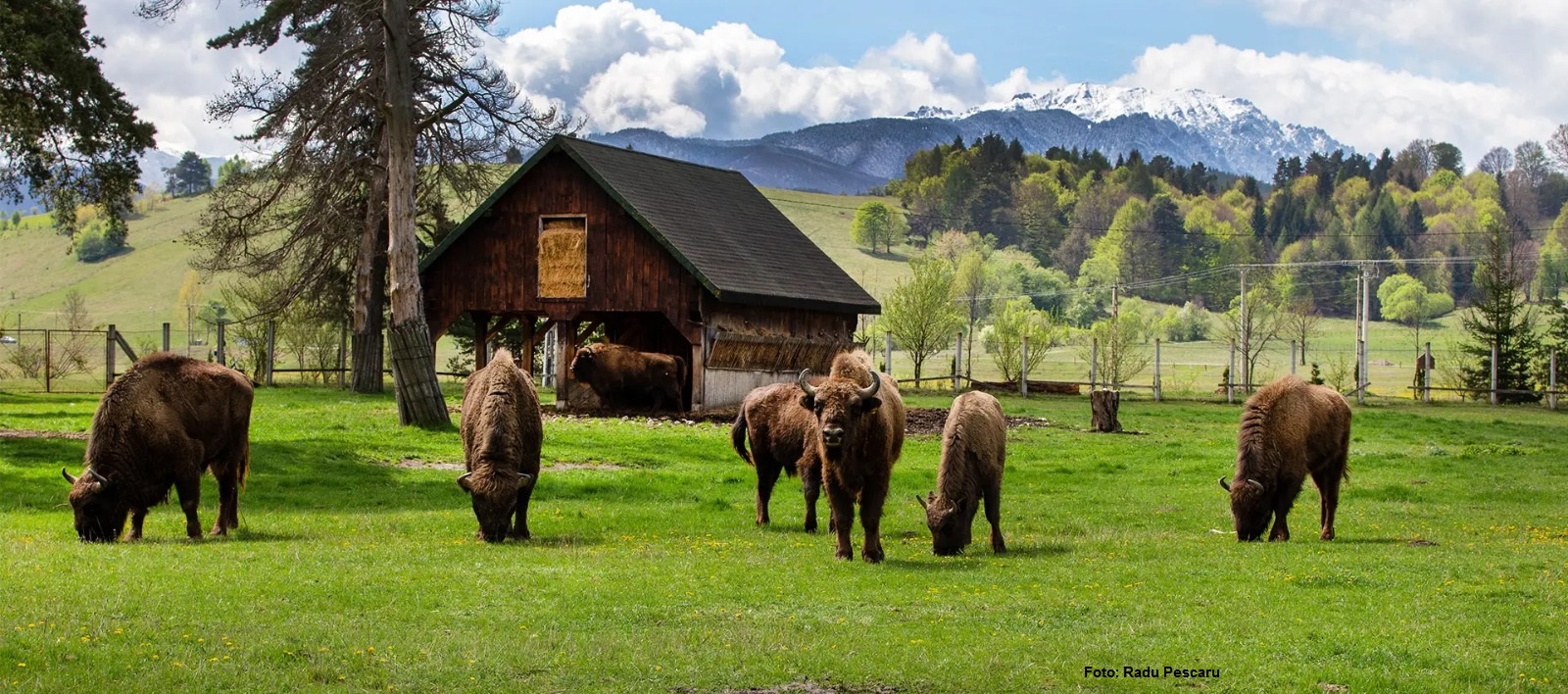Museums in Brasov County
The Brasov Etnography Museum takes pride in rich and diverse collections

Daniel Onea, 28.04.2022, 13:59
The Brasov Etnography Museum, in
the central part of the country, takes pride in rich and diverse collections,
grouped together in several separate entities: the Museum of Brasov Urban Civilisation,
the Săcele Ethnographic Museum and the Gheorghe Cernea Ethnographic Museum in
Rupea.
Their diverse heritage, rich exhibitions, and unique events are an
alternative to the active tourism offer of this mountainous area. Our guest
today is Bogdana Balmuș, head of PR for the Brașov Ethnography Museum:
The Brașov Ethnography Museum was founded in 1908, upon the initiative
of 5 Saxon collectors from Brasov, who
put together Museum of Brasov Collectors Association. The founder was Iulius
Teutsch. The museum developed, and in 1912 it was renamed the Saxon Museum of Țara
Bârsei. Its activity was terminated at the end of WW2. Some of its collections
went either to the University of Brașov, of to the Brașov Regional Museum, set up in 1950. In
1967, an ethnography section was established as part of the Brașov County Museum,
and in 1990 this section became a separate legal entity. This brief history is
indicative of the rich heritage of the Brașov Ethnography Museum. Artifacts
are on display both in the central office in Brasov, and in the branches in
Săcele and Rupea, and they are specific to the regional ethnology of south-east
Transylvania, showcasing the rural civilisation of the regions Bran, Rupea,
Țara Oltului, Valea Hârtibaciului and Țara Bârsei.
At
the Săcele Ethnographic Museum tourists can see heritage items illustrating the
pastoral traditions in the region, as well as items tied to the identity of the
Chango ethnic group living in the area. Bogdana Balmuș:
The museum is hosted by a building which is a
historical monument, dating back to 1543. As part of the permanent exhibition,
tourists can see how people lived back then, what their occupations were, their
crafts, their arts. Tourists can also see a living area and traditional
costumes. We laid emphasis on showcasing the multicultural nature of the Săcele
area, by replicating a space shared by shepherds and Changos.
At the Gheorghe Cernea Ethnographic
Museum in Rupea, we can find a representation of the mixed communities of
Romanians and Saxons, Bogdana Balmuș also told us:
This collection showcases the occupations, crafts,
customs, living quarters specific to the area. I would like to emphasise that
the museum was named after folklorist Gheorghe Cernea, a major personality of
this region, who published impressive collections of folklore. The museum
mirrors the systematic research conducted by its staff over the years. It has
taken decades to put together these collections, starting from a handful of
valuable artifacts offered in the early 20th Century by passionate
collectors.
Our visit takes us further on to
the most recent museum operating under the aegis of the Ethnography Museum. Opened
after the end of the communist regime in Romania, this museum is called the
Museum of Brașov Urban Civilisation. Bogdana Balmuș:
This is a unique museum for Romania. It takes us on a
journey into the urban history of Brașov. The building hosting the museum is
very old, and it was declared a historic monument in 2004. The building was
mentioned in documents dating back to the 13th and 14th
centuries, and it was rebuilt in 1566. The house was decorated so as to reflect
the interests of its owners, who were rich merchants. Until the end of 19th
Century, it belonged to the Closius family, whose members were Saxon nobility and
held important official positions in the town. The family used to live
upstairs, and the ground floor was rented out to various merchants, who sold
from iron items to fish or copper bowls.
Various exhibitions and events
are always organised in all these locations, so a visit to any of them may come
with pleasant surprises. Bogdana Balmuș, the PR chief of the Brașov Ethnography
Museum, told us more:
We are preparing a very beautiful temporary
exhibition on Religious Icons from south-east Transylvannia. The exhibition will
be opened until June at the Valer Literat Museum of Țara Făgărașului. Also,
the Urban Civilisation Museum will host another temporary exhibition on
Romanian costumes and clothing in Șcheii Brașovului, opened in early May. The cultural
agenda of the year 2022 is as rich in events as it was in previous years,
comprising lots of projects and temporary exhibitions, such as Toys, dolls and
games, also hosted by the Urban Civilisation Museum. In Rupea we will mount an
exhibition entitled Fishing on Olt river, as well as lots of other surprises.
Bogdana Balmuș, the PR chief of the Brașov Ethnography
Museum, wrapped up today’s edition of Traveller’s Guide. (AMP)






























